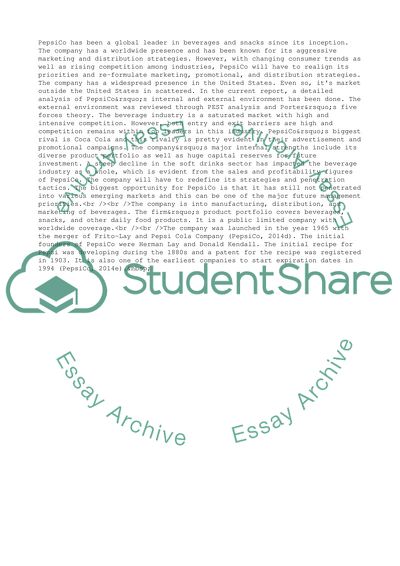Cite this document
(A Comprehensive Review of Pepsico Case Study Example | Topics and Well Written Essays - 4750 words, n.d.)
A Comprehensive Review of Pepsico Case Study Example | Topics and Well Written Essays - 4750 words. https://studentshare.org/business/1808657-business-research-on-pepsico-inc
A Comprehensive Review of Pepsico Case Study Example | Topics and Well Written Essays - 4750 words. https://studentshare.org/business/1808657-business-research-on-pepsico-inc
(A Comprehensive Review of Pepsico Case Study Example | Topics and Well Written Essays - 4750 Words)
A Comprehensive Review of Pepsico Case Study Example | Topics and Well Written Essays - 4750 Words. https://studentshare.org/business/1808657-business-research-on-pepsico-inc.
A Comprehensive Review of Pepsico Case Study Example | Topics and Well Written Essays - 4750 Words. https://studentshare.org/business/1808657-business-research-on-pepsico-inc.
“A Comprehensive Review of Pepsico Case Study Example | Topics and Well Written Essays - 4750 Words”. https://studentshare.org/business/1808657-business-research-on-pepsico-inc.


